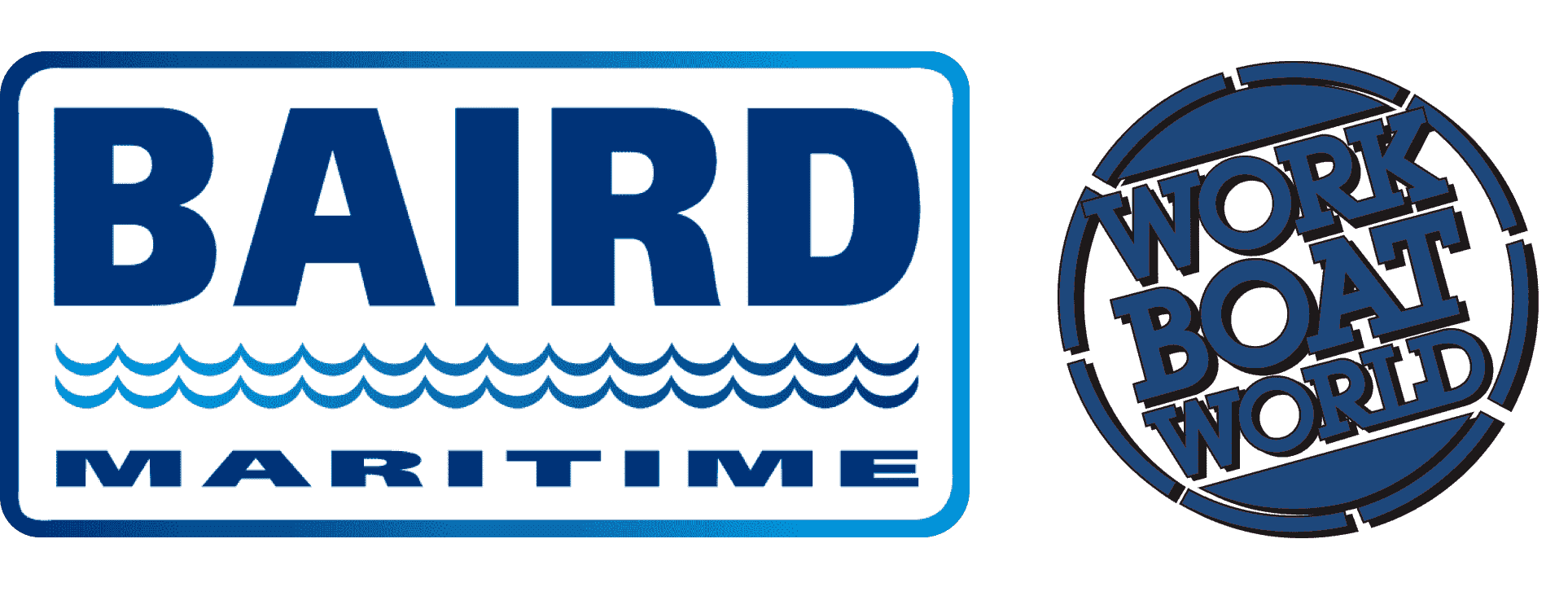VESSEL REVIEW | Windcat Rotterdam – Windcat Offshore acquires lead unit of new hydrogen-powered CSOV series
Dutch operator Windcat Offshore recently took delivery of a new commissioning service operation vessel (CSOV).
Windcat Rotterdam is the first vessel in a new series of six CSOVs designed jointly by Windcat and Belgian engineering firm CMB Tech in compliance with Belgian flag requirements and DNV class rules. Construction took place at the facilities of Ha Long Shipbuilding in Vietnam.
Flexible hybrid propulsion setup
The CSOV has an LOA of 89.39 metres (293.3 feet), a moulded beam of 19.7 metres (64.6 feet), a summer draught of 5.3 metres (17 feet), a depth of eight metres (26 feet), a deadweight of 2,000 at maximum draught, and 90 cabins that can house 120 personnel.
The main and sheltered decks have a total area of 1,050 square metres (11,300 square feet) and can be used to transport up to 400 tons of assorted payloads. A dedicated space can be used to store IMDG Code-compliant dangerous goods.
The hybrid electric propulsion system developed by CMB Tech includes a 2,390kW (3,200hp) and two 1,672kW (2,242hp) dual-fuel main engines from ABC, two MAN generators, and a Corvus Energy 1,700kW battery pack. This arrangement will use both hydrogen and diesel fuel and will enable the vessel to stay out at sea for 30 days and sail at speeds of up to 12.5 knots.
The hybrid electric propulsion system coupled with an onboard power distribution system means that there will be no need to run a backup diesel generator and the vessel will never use more power than what is necessary. Offshore charging capability will also be available.
The engines will drive four Schottel SRP 430 1,780kW azimuthing thrusters. Two of the thrusters are fitted at the stern while the other two have been placed forward to ensure enhanced manoeuvrability and positioning for offshore work. An active anti-roll system is also fitted.
Deck equipment ensuring safe personnel and cargo transfers under a range of operating conditions
The deck equipment meanwhile includes an SMST 3D motion-compensated gangway with a high vertical range and an SMST crane with a maximum lifting capacity of 10 tons. Space is also available for a helicopter deck and a boat landing with daughtercraft refuelling and storage facilities.
With the aid of these equipment, the CSOV can provide stepless personnel transfers to offshore wind turbines and similar structures.
Broad range of amenities for extended offshore stays
The accommodation spaces include both single and double cabins with en suite toilets, offices, a gym, recreational areas, a mess and a galley, and all onboard spaces benefit from wifi connectivity. The other crew facilities include an onboard hospital with treatment rooms and an isolation ward.
Particular attention has been given to provide offshore personnel with the most comfortable conditions to live and work during their time on board.
The electronics suite meanwhile include radars, an echosounder, a PA system; an intercom; CCTV cameras; a Marine Technologies dynamic positioning system; an area A1, A2 and A3 GMDSS; VHF, UHF and MF/HF radios; and Iridium and Starlink satellite communications equipment.
For evacuation, the crew have access to four liferafts and four lifeboats. An FRP-hulled fast boat with space for a stretcher is available for MOB recovery. The firefighting equipment meanwhile includes a water mist system and a CO2 system in the engine room and an automatic fat fryer extinguisher in the galley.


